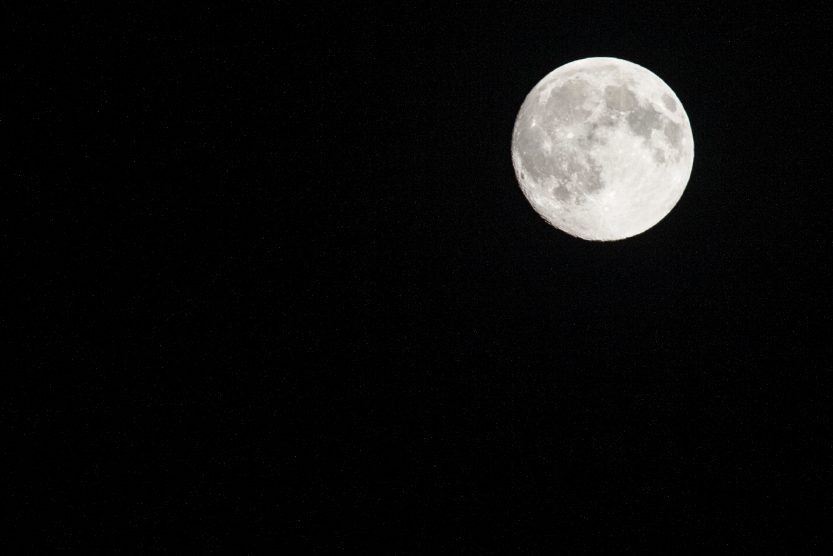“Elul” is the Sixth Month of the year, counting from “Nisan,” called in the Chumash, “the first month.” Counting from “Tishrei”, the month of Rosh HaShanah, “Elul” is the twelfth, and last month in the year. Like the names of the other months of the Hebrew Calendar, “Elul came up”, or “returned with,” those Jews who returned to Israel from the 70-year Exile in Babylonia. The expression “returned with” is particularly significant in this case in that this is the month of “Return to Hashem,” or “Repentance.”
Elul is the name of the month which we are given each year to prepare for the “Days of Awe:”
Elul and Rosh Chodesh Elul – In Relation to Other Months of the Year
1 Nisan
2 Iyar
3 Sivan
4 Tammuz
5 Av – 30 days
6 Elul – 29 days; Rosh Chodesh is 2 days
7 Tishrei – 30 days
8 Cheshvan
9 Kislev
10 Tevet
11 Shevat
12 Adar
Special Significance (Biblical and by “Minhag,” (Jewish Custom) ) of Rosh Chodesh Elul
Biblical
Moshe had gone up in the Month of Sivan, and returned after forty days and forty nights, on the 17th of Tammuz with the First Luchos. When Moshe observed the Jewish People sinning by creating and worshipping the Golden Calf, and participating in other sinful activities centered around the worship of that idol, he broke that first set of Luchos. He ascended Mount Sinai a second time, on the eighteenth day of Tammuz, the day after the great sin, and remained there for another forty days and forty nights, praying to G-d to spare the Jewish People and to return His full Presence among them.
At the conclusion of the second forty day and forty night period (that is, on the 29th of Av, Erev Rosh Chodesh Elul), G-d forgave the Jewish People and instructed Moshe to ascend Har Sinai yet again the next day, to receive the Second Luchos, on which would be inscribed for the second time the Ten Commandments. Moshe’s ascension to Har Sinai for the third time (which also took forty days and forty nights, ending on Yom Kippur) occurred on Rosh Chodesh Elul.
HaShem also restored His Presence to the Jewish People by authorizing the construction of the “Mishkan,” the Temporary Structure which served as a “Residence,” so to speak, for the Divine Presence, before the building of the First Temple in Jerusalem.
Minhagim (Customs) Related to Rosh Chodesh Elul
The Custom:
Beginning the second day of Rosh Chodesh Elul, and continuing until-but-not-including Erev Rosh HaShanah (the day preceding Rosh HaShanah), the custom is to blow the Shofar every weekday (excluding Shabbat, but not Sunday), four sounds –
1. Tekiah – a flat straight sound, “Tuuuu”
2.- 3. Combination of Shevarim – three broken sounds, resembling sighing, “U-Tu, U-Tu, U-Tu,” and Teruah – nine rapid sounds resembling wailing, “Tu, Tu, Tu, Tu, Tu, Tu, Tu, Tu, Tu”
4. And a final Tekiah
Note: The duration of the “Tekiah” sounds at the beginning and at the end, both during this Elul-introductory period of Shofar-blowing, and on Rosh HaShanah itself, the Day of Sounding the Shofar, must be equal to the duration of the Shevarim-Teruah (or Shevarim alone, or Teruah alone, as we shall see, placed in between them).
The Background:
When Moshe went up the Second Time to receive the “Aseret HaDibrot,” the “Ten Commandments,” the Jewish People blew the Shofar in the Camp. They did this to impress upon themselves that Moshe had once again gone up the mountain of Sinai, so that they would not again make the tragic mistake in judging the time of Moshe’s return, and fall again into Idol Worship.
Therefore, the Jewish People in later generations accepted upon themselves the custom of blowing the Shofar, beginning with Rosh Chodesh Elul to remind themselves that the people of Israel in the desert had sinned with the Egel, had repented, had been forgiven by G-d and restored to their former level of holiness. This would arouse in their hearts and minds the importance and the effectiveness of doing “Teshuvah.”
The Custom:
Ashkenazic (Northern, Western and Eastern Europe) have the custom, beginning with the second day of Rosh Chodesh Elul, of reciting Chapter 27 of Tehilim (Psalms), beginning “By (King) David, ‘The Lord is my Light and my Salvation,’ ” until and including Hoshana Rabbah.
The Background:
This custom is based on the Midrash which links the “Light” of David, and the “Light” of all human beings, to Rosh HaShanah, the Day of Judgment, when by the light of the “neshamah,” the soul, Hashem searches out the recesses and “hidden” areas of the human being. This idea is in turn based on the verse “The Lamp of Hashem is the human soul, which searches out all the recesses of his being.” And the “Salvation” of David and of all human beings is linked to Yom Kippur, the Day of Atonement, when Hashem atones for the sins of His creatures.

